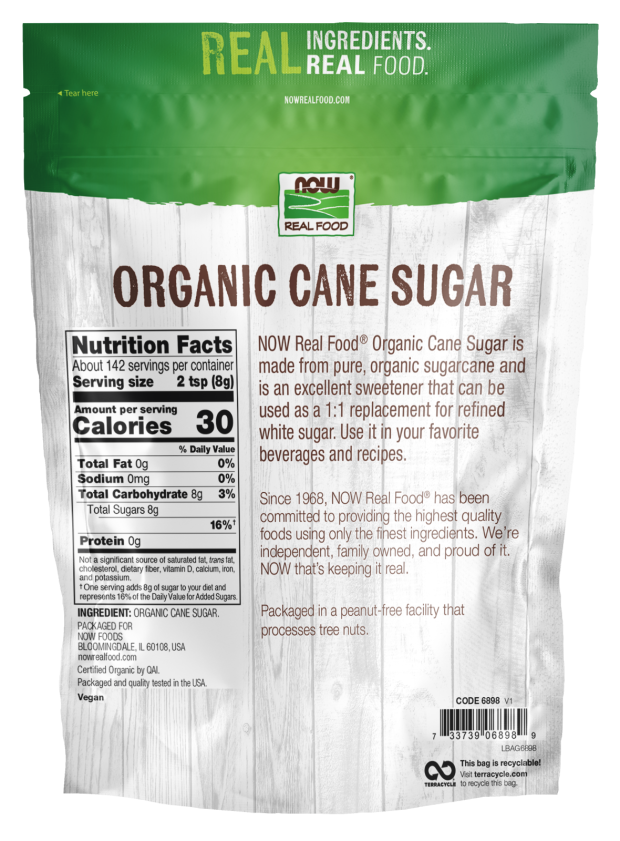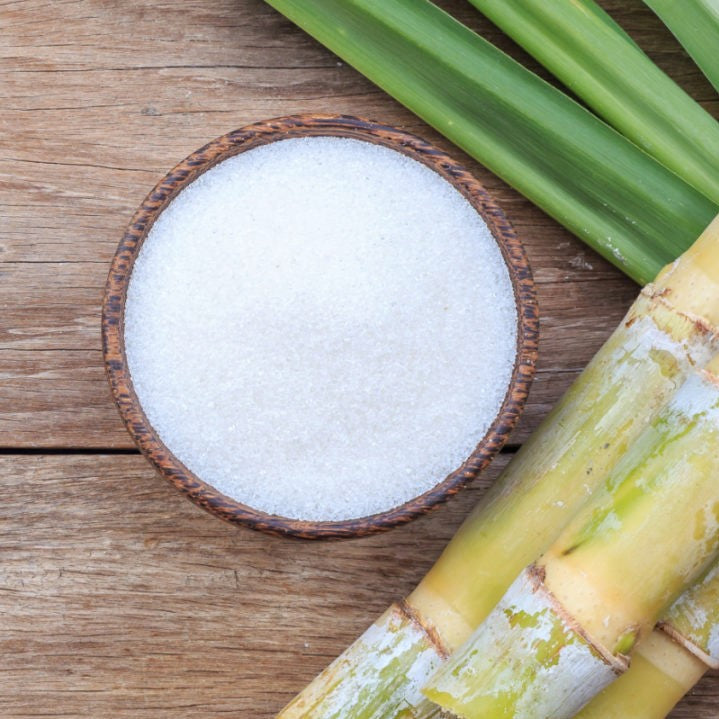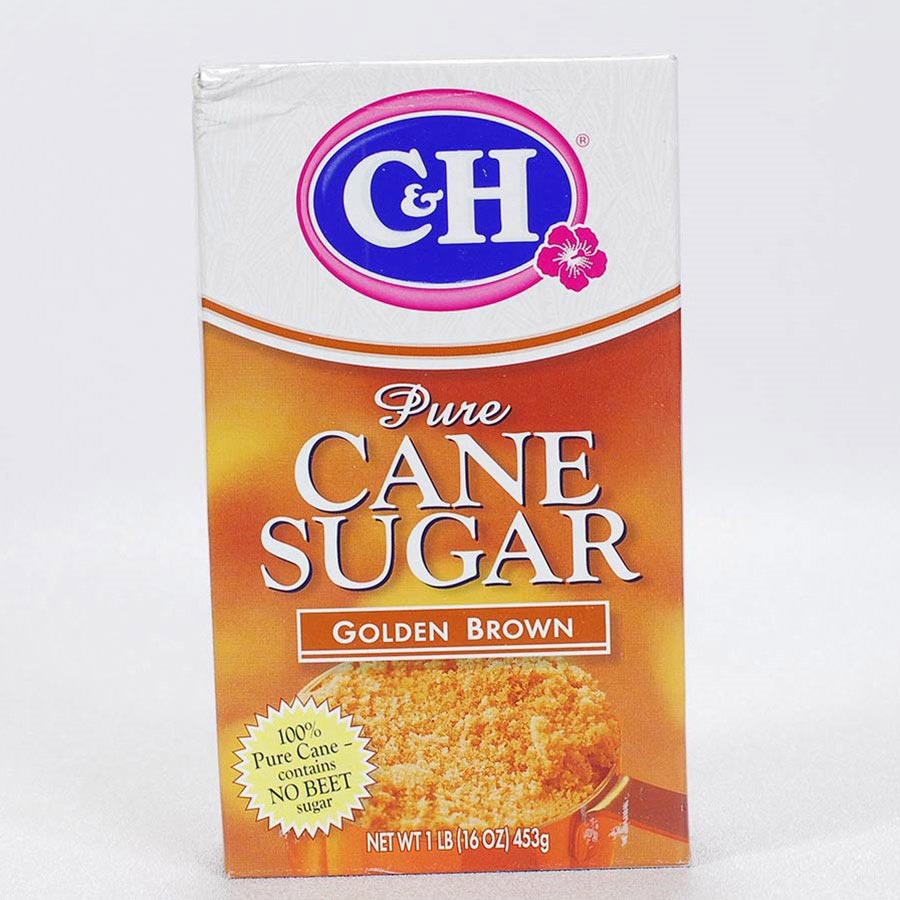Cane Sugar Processing: Typical Approaches and Modern Innovations
Cane Sugar Processing: Typical Approaches and Modern Innovations
Blog Article
Checking Out the Comprehensive Steps Involved in Cane Sugar Handling From Collecting to Refinement
The process of walking stick sugar production incorporates a series of intricate steps, starting with the careful harvesting of sugarcane and finishing in the refinement phases that make sure the last product meets market criteria. Each phase, from the removal of juice to the purification and condensation procedures, plays a vital function in determining the high quality and personality of the sugar.
Harvesting Sugarcane
Collecting sugarcane is a critical step in the cane sugar handling chain, as it straight affects the top quality and return of the end product. Proper timing and methods are important during this phase to make certain optimal sugar content and lessen losses. Usually, sugarcane is gathered when it reaches maturation, typically 12 to 18 months after planting, defined by a high sucrose concentration.

Post-harvest, the sugarcane should be refined promptly to stop sucrose deterioration. Ideally, collected walking cane ought to be transported to processing facilities within 24 hours to maintain sugar high quality. Therefore, effective logistical planning is vital to preserve the honesty of the gathered crop throughout the supply chain.
Removal Refine

The smashed walking stick undergoes a collection of pressing procedures to make best use of juice healing. Commonly, warm water is sprayed onto the smashed walking stick, developing a countercurrent circulation that assists dissolve the sugar while likewise assisting in the extraction procedure. The juice gathered from this operation contains not just sugar yet likewise numerous natural substances and impurities.

To enhance removal efficiency, some centers may use diffusion techniques, where the sugarcane is taken in warm water, allowing the soluble sugars to diffuse into the liquid. The resulting juice, rich in sucrose, is after that directed to succeeding processing stages, laying the foundation for filtration and improvement. The removal procedure is thus crucial in determining the high quality and yield of the last sugar product.
Purification Techniques
The filtration methods employed in cane sugar handling are essential for transforming the raw juice into a top notch sugar product. These approaches primarily aim to eliminate contaminations, such as dirt, plant products, and inorganic materials, which can adversely affect the end product's taste and shade.
This procedure involves adding lime and heat to the raw juice, which helps with the coagulation of pollutants. Additionally, the usage of phosphoric acid can enhance the information procedure by additional binding impurities.
One more considerable method is carbonatation, where co2 is introduced to the cleared up juice. This response produces calcium carbonate, which records remaining contaminations and advertises their removal.
Moreover, triggered carbon therapy may be used to adsorb any kind of continuing to be colorants and organic pollutants, ensuring a more polished item. The mix of these techniques properly prepares the sugar juice for subsequent action in the refining procedure, establishing the phase for the manufacturing of high-quality walking stick sugar.
Condensation Techniques
After the filtration phase, the next crucial action in cane sugar handling includes formation techniques, which play a crucial function in click resources transforming the made clear juice into solid sugar. This procedure usually employs 2 primary methods: spontaneous formation and regulated crystallization.
In spontaneous formation, supersaturated sugar options are allowed to cool normally, causing the formation of sugar crystals with time. This technique is simpler however might lead to uneven crystal dimensions and lower pureness levels. On the various other hand, managed condensation is an extra accurate strategy where temperature, focus, and seeding representatives are carefully taken care of. This method permits the uniform growth of sugar crystals and greater purity.
Throughout crystallization, the clarified juice is focused via evaporation, boosting its sugar web content until it gets to supersaturation. Once this factor is attained, either technique can assist in the condensation procedure. Cane Sugar Processing. The resultant sugar crystals are then separated from the staying syrup with centrifugation
Inevitably, the selection of crystallization method impacts the high quality, size, and purity of the last sugar product, making this step essential in the overall cane sugar processing procedure.
Refinement and Packaging
How can the purity and quality of cane sugar be even more enhanced after crystallization? The refinement process plays an essential function in achieving premium walking stick sugar. Following crystallization, sugar undergoes a comprehensive washing to get rid of contaminations and recurring molasses. have a peek here This is normally achieved using warm water or vapor, which assists dissolve and extract undesirable aspects while preserving the sugar crystals.
Following, the sugar undergoes a procedure called centrifugation, where it is spun at high rates to divide the purified sugar crystals from the remaining fluid. After centrifugation, the sugar is commonly more fine-tuned with a method called carbonization or phosphatation, which utilizes activated carbon or phosphoric acid to remove color and off-flavors.
As soon as improved, the sugar is dried out to achieve the wanted wetness material, making sure that it stays stable throughout storage space and transport. The final step includes packaging the refined sugar in closed and moisture-proof containers to maintain its quality and protect against contamination. Cane Sugar Processing. Appropriate packaging not only prolongs service life however additionally helps with simple handling and circulation, guaranteeing that customers obtain sugar that meets the greatest criteria of pureness and high quality
Final Thought
The comprehensive steps entailed in walking cane sugar handling, from the precise harvesting of sugarcane to the complex improvement and packaging stages, emphasize the importance of each phase in making sure top quality sugar production. Optimum harvesting strategies, efficient extraction methods, and extensive filtration procedures collectively contribute to the end product's pureness and security. The formation and succeeding product packaging practices further improve the stability and life span of the sugar, highlighting the complexity and accuracy integral in this important agricultural market.
The procedure of cane sugar production encompasses a series of click to read more intricate steps, beginning with the cautious harvesting of sugarcane and culminating in the refinement stages that ensure the final product meets industry standards. Ideally, collected walking stick needs to be transferred to processing facilities within 24 hours to protect sugar top quality.In spontaneous crystallization, supersaturated sugar solutions are allowed to cool down normally, leading to the development of sugar crystals over time - Cane Sugar Processing. The improvement process plays a critical function in accomplishing top quality cane sugar.The thorough steps entailed in walking cane sugar processing, from the thorough harvesting of sugarcane to the complex refinement and product packaging stages, emphasize the value of each stage in making sure top quality sugar manufacturing
Report this page